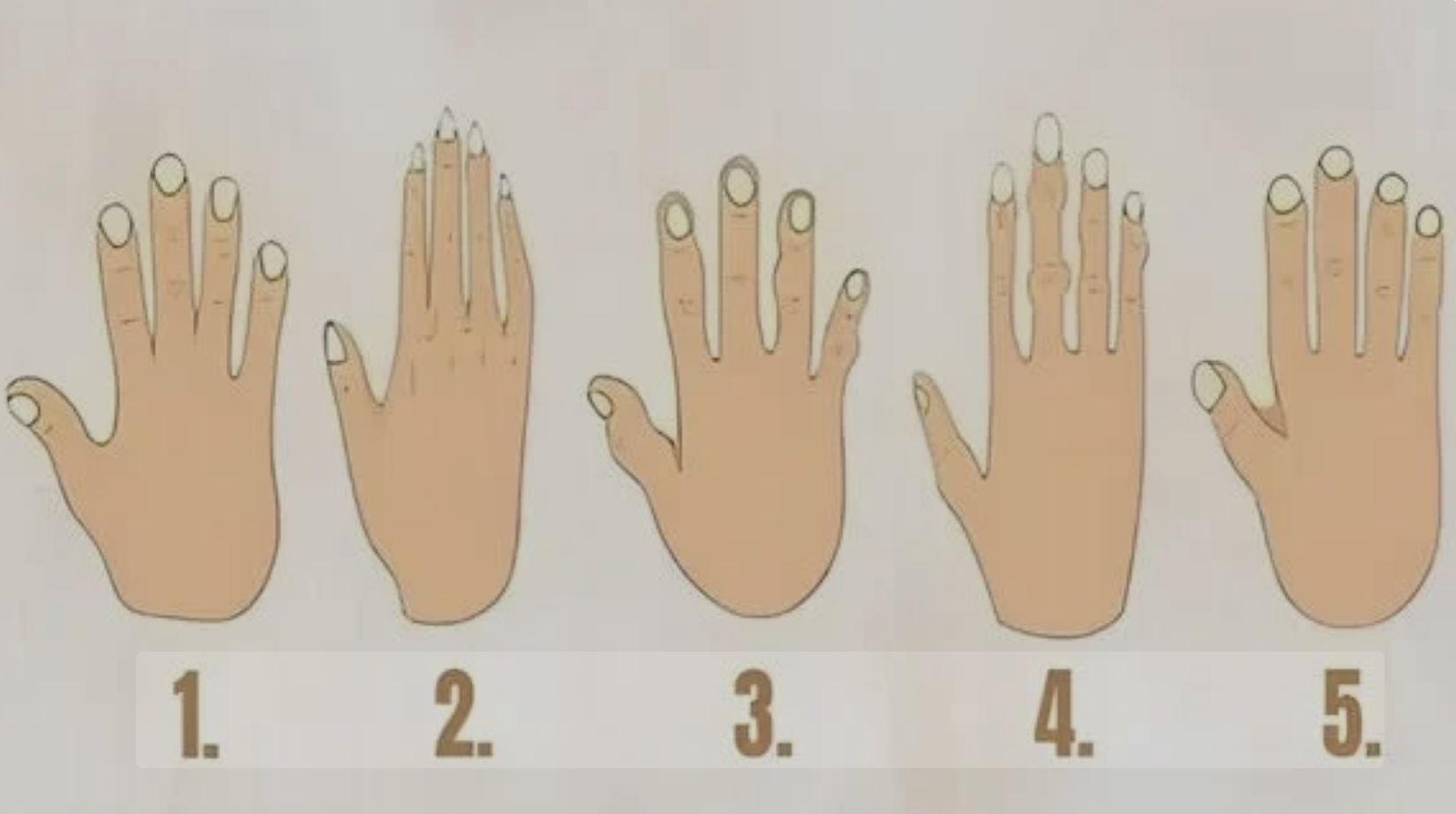The Top 5 Foods Every Tourist Should Avoid When Visiting Asia
Tap Water
This is a no-brainer. Unlike in the West where tap-water standards and regulations are strictly adhered to, the same cannot be said for most Asian countries. Your sensitive stomach might not be accustomed to the nature of the water there, and you might suffer from indigestion. Even worse, you might drink contaminated water and end up with a water-borne disease. These are a nightmare! So, always buy bottled water from a trusted vendor and ensure the bottle is sealed and capped.
Fruits and Vegetables
While fruits and vegetables might be heaven for your palate, you might want to tread carefully especially if you’re buying from street vendors. Most fruits and veggies usually sit in the sun for hours and end up contaminated or rotting gradually. Make sure to check your veggies before buying them.
Cold Food
While bacteria are resilient, they cannot survive temperatures between 40F and 160F after cooking. So it’s better to eat food that is served hot compared to cold food.
Secondly, it’s better to go for food that’s served in small portions compared to large portions. That’s because smaller portions are more likely to be fully cooked.
Food From Dingy Restaurants
There are thousands of restaurants in the streets of Asian cities claiming to serve the best delicacies. Unfortunately, some of these delicacies such as pufferfish and cassava can be lethal if they are not cleaned or cooked the right way. As a tourist, always be on high alert. The best option is to have a local guide with you when selecting a restaurant to visit. Otherwise, if it seems strange to you, don’t try it alone!
Red, Hot Spicy Dishes
Spicy in Asia goes to a whole other level. You might be able to handle Indian takeout in the West, but when you’re on the streets of Mumbai, it’s a whole different ballgame. In fact, some dishes are so spicy that you can find yourself in the emergency room simply because your stomach didn’t have the mettle for it!


